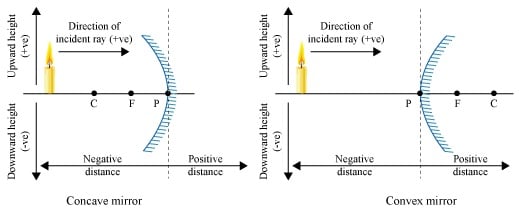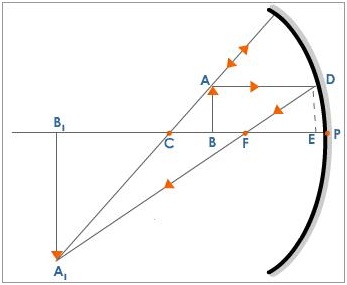How common has the phrase: ‘it isn’t rocket science’ become and yet when you come to think of it, some of us don’t know much about even fundamentals in the subject. We thought we could take up the topic of rocket fuel and explain as to how it works and what it is made of; read on to learn more.

What is rocket fuel composed of?
There are two categories of rocket fuel: solids and liquids. While solid rocket fuel mostly uses oxygen in its liquid form along with liquid hydrogen, solid rocket fuels typically make use of powdered aluminium and some sort of an oxidiser. Liquid fuels require cryogenic temperatures for cooling and are often used in rockets that are space bound and solid fuel ones are cheaper and quite easier comparatively when it comes to handling and thus are often used for military purposes. The solid rocket fuel combination is often used for the initial thrust (to give the rocket that extra lift and kick required to head into space).
How does rocket fuel work?
Solid rocket fuels operate on the following principle: a reaction between the components of the fuel that burns very quickly and yet without an explosion. The power in the case of rocket fuels is released evenly and over a period of time and the composition required to achieve this is 72% of nitrates, 24% carbon and 4% sulphur whereas in gun powder where there is an explosion, the ratio is 75:15:10 and explosion is the result there.
The energy required to propel the rocket comes from the oxidation of these chemicals and thus the fundamental is oxidation reaction.
What are the different kinds of fuels used in spacecrafts?
There are a variety of rocket fuels used today from solid fuels, liquid fuels, bio propellants, mono propellants, compressed nitrogen and so on. Quite often, students raise the question of how rocket fuel burns in space without oxygen and how it works in space during classes. In fact, this is perhaps one of the most asked questions to online physics tutors as well.
The answer to that is quite simple. Not every reaction requires oxygen and in some cases liquid oxygen is used as fuel too (Liquid fuels)! Also, as seen above, most rocket fuels carry their own oxidisers and there are some fuels that combust when they react with one another and they contain the oxidisers required. Atmospheric oxygen isn’t relied upon in any case for the rocket fuel to burn.
Watch this space for more such interesting information and get in touch with us for online homework help or online tutoring services.





